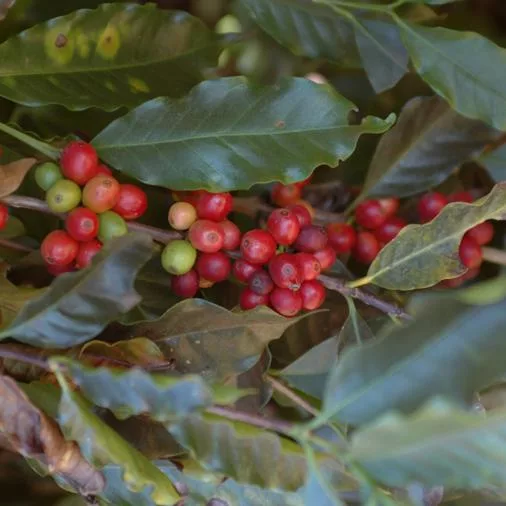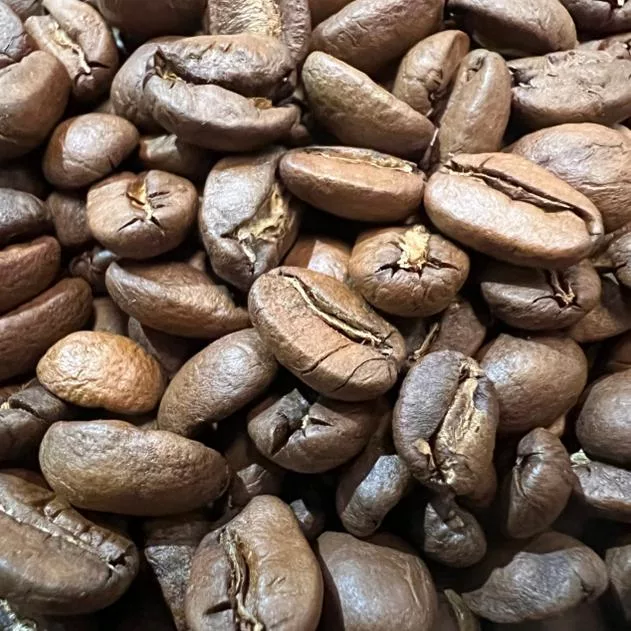Specialty coffee is a term that encompasses high-quality coffee beans, grown under specific conditions and processed with exceptional care.
These beans undergo rigorous cupping tests, and only those that score 80 points or higher on the Specialty Coffee Association's (SCA) 100-point scale are considered specialty coffee. In this article, we'll explore the world's best specialty coffee-producing regions, highlighting the unique characteristics of each.
Colombia
Colombia is one of the world's largest coffee producers and undoubtedly one of the most renowned for its quality. The country's geography, with its Andean mountains and diverse climates, creates ideal conditions for cultivating specialty coffee. The main producing regions are Antioquia, Caldas, Quindío, Risaralda, Huila, Nariño, Tolima, and Cauca. Each of these regions offers unique flavor profiles that range from floral and fruity notes to sweeter, caramelized flavors.

Ethiopia
Considered the birthplace of coffee, Ethiopia boasts unparalleled genetic diversity in coffee varieties. The country's main specialty coffee-producing regions are Sidama, Yirgacheffe, Harrar, and Limu. Ethiopian coffees are known for their intensely floral, citrus, and red fruit notes, as well as their bright acidity.
Kenya
Kenya is another African country renowned for its specialty coffee production. The main coffee-growing regions include Nyeri, Kirinyaga, Kiambu, and Thika. Kenyan coffees are known for their pronounced acidity, medium body, and complex flavors, which include notes of red, citrus, and tropical fruits.
Guatemala
Guatemala's geography and diverse climate provide ideal conditions for specialty coffee cultivation. The country's main coffee-producing regions include Antigua, Huehuetenango, Lake Atitlán, Cobán, and San Marcos. Guatemalan coffees are renowned for their full body, bright acidity, and flavors that range from floral and citrus notes to sweeter, chocolatey hints.

Costa Rica
Costa Rica is a country that has invested heavily in the development of specialty coffee. Its main producing regions are Tarrazú, Central Valley, West Valley, Tres Ríos, and Brunca. Costa Rican coffees typically have a medium body, bright acidity, and notes of tropical, citrus, and sweet fruits.
Brazil
Brazil is the world's largest coffee producer, and while much of its production is commercial coffee, it also boasts several specialty coffee-producing regions. Among these are Sul de Minas, Cerrado de Minas, Mantiqueira de Minas, and Espírito Santo. Brazilian specialty coffees typically feature a full body, low acidity, and notes of nuts, chocolate, and caramel.
Panama
Although Panama is not one of the world's largest coffee producers, the country has gained recognition in the specialty coffee scene thanks to its renowned Geisha, a coffee that has achieved some of the highest scores in international competitions. Panama's main coffee-growing regions include Boquete, Volcán, and Renacimiento. Panamanian coffees are distinguished by their intense floral aroma, bright acidity, and flavors that include notes of tropical and citrus fruits.

Yemen
Yemen is another country with a long history of coffee production. Although its production is limited, Yemeni coffees are highly valued for their unique flavor and natural drying process. The Haraz region is best known for its specialty coffees, which feature complex flavors with notes of dried fruit, spices, and a hint of wine.
Burundi
This small African country has emerged in recent years as a source of high-quality specialty coffees. The main producing regions in Burundi include Kayanza, Ngozi, and Kirundo. Burundian coffees are known for their bright acidity, medium body, and flavors that encompass notes of red fruit, citrus, and flowers.
Nicaragua
Nicaragua is another Central American country that has experienced a resurgence in specialty coffee production in recent decades. The main producing regions in the country include Jinotega, Matagalpa, Nueva Segovia, and Madriz. Nicaraguan coffees typically have a medium body, balanced acidity, and flavors that range from nutty and cocoa notes to more citrusy and floral flavors.
Conclusion
The world of specialty coffee is vast and diverse, with a wide range of flavor profiles and unique characteristics in each growing region. These ten regions we've explored in this article represent just a fraction of the many areas around the world where high-quality coffee beans are cultivated. By tasting coffees from different regions, coffee lovers can enjoy an enriching sensory experience and gain a greater appreciation for the complexity and diversity of this wonderful product. If you're eager to try coffee from one of these regions, you can purchase specialty coffee from various origins on our website.







